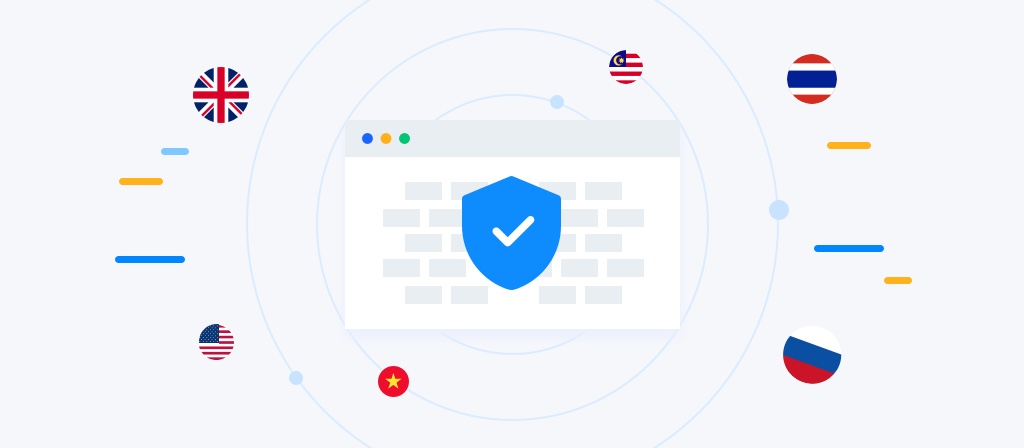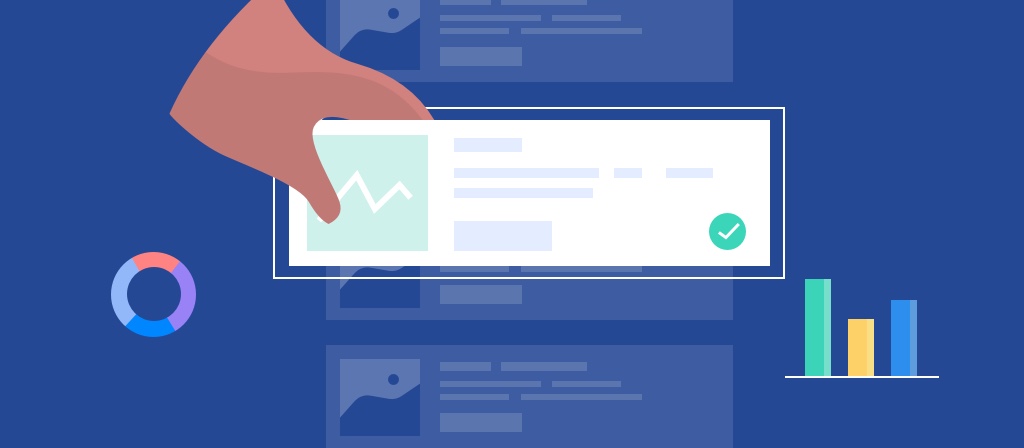
What is Web Scraping?
Web scraping is an automated technique that allows users to extract data from websites without manually copying and pasting. This process is usually carried out by web crawlers or scraping scripts, which collect webpage information in a structured way and store it in a database, CSV, or JSON file.
Web scraping is widely used in market analysis, price monitoring, SEO research, financial data analysis, and many other industries. For businesses, web scraping not only provides competitive intelligence but also optimizes decision-making and improves operational efficiency.
What is Web Crawling?
Web crawling refers to the automated process where programs traverse the internet and collect webpage information. Search engines like Google and Bing use web crawlers to index webpages, enabling users to find relevant content through search queries.
While web crawling and web scraping share similarities, their main differences are:
- Web crawling focuses on gathering website structure and links for indexing purposes.
- Web scraping is dedicated to extracting specific data from web pages for further analysis and application.
Web Scraping vs. Screen Scraping
| Comparison Criteria | Web Scraping | Screen Scraping |
|---|---|---|
| Data Source | Structured HTML data | Visual content on the screen |
| Working Method | Parses webpage code to extract data | Reads on-screen content via OCR recognition |
| Use Cases | Price monitoring, SEO, market research | Legacy system data migration, application integration |
| Accuracy | Higher, as data is structured | May be affected by screen resolution and UI changes |
Screen scraping is typically used to extract data that cannot be parsed via HTML, such as PDFs, Flash content, or certain application interfaces, whereas web scraping is more suitable for structured data extraction.
Web Scraping Process
- Target Website Analysis: Determine the data to be scraped, such as product information, prices, or user reviews.
- Sending HTTP Requests: Use
GETorPOSTrequests to retrieve webpage content. - Parsing Web Data: Utilize tools like
BeautifulSoup,Scrapy, andSeleniumto parse HTML code. - Data Extraction: Use XPath, CSS selectors, or regex to extract specific information.
- Storing Data: Save extracted data in CSV, JSON, or databases.
- Data Cleaning & Processing: Remove duplicate data and convert formats for further analysis.
Types of Web Crawlers
- General Crawlers: Such as Googlebot and Bingbot, which index the entire internet.
- Focused Crawlers: Collect only specific content, such as financial data.
- Incremental Crawlers: Update only changed data.
- Deep Web Crawlers: Access dynamically rendered data via AJAX or JavaScript.
Use Cases of Web Scraping
- Market Research & Competitive Analysis (monitoring prices, products, trends)
- SEO Analysis (keyword rankings, SERP monitoring)
- Financial Data Collection (stocks, cryptocurrencies, news)
- Job Listing Tracking (extracting job postings from LinkedIn, Indeed, etc.)
- Brand Protection & Ad Verification (monitoring brand keywords, preventing fraudulent ads)
- Academic Research & Data Analysis (social media trend analysis, sentiment analysis)
- E-commerce Data Monitoring (Amazon, eBay, and other e-commerce platforms)
Common Challenges in Web Scraping
- IP Blocking: Websites limit high-frequency access.
- CAPTCHA Challenges: To prevent automated scraping.
- Anti-Scraping Mechanisms: Websites detect User-Agent, Cookies.
- Dynamic Content Loading: AJAX and JavaScript-rendered data can be hard to scrape.
- Legal Compliance Issues: GDPR, CCPA regulations on data privacy.
- Handling High Concurrency: Managing large-scale scraping without getting blocked.

How to Perform Effective Web Scraping?
Technical Solutions
- Use Proper Scraping Frameworks (Scrapy, Selenium, Puppeteer)
- IP Rotation & Proxy Services (Residential proxies like 922S5Proxy)
- Simulate User Behavior (Random request intervals, simulated mouse scrolling)
- Bypass Detection Techniques (Modify
User-Agent, use headless browsers)
The Role of 922S5Proxy Residential Proxies in Web Scraping
Why Do You Need Proxies for Web Scraping?
- Prevent IP Bans (Proxies allow IP changes)
- Bypass Geographical Restrictions (Access data from different locations)
- Improve Scraping Success Rate (Residential proxies mimic real users)
Why Choose 922S5Proxy?
- 200M+ Global Residential IPs (Available in 190+ countries, with country/city/ISP selection)
- High-Anonymity SOCKS5/HTTP Proxies (Protects real IP address)
- Flexible IP Rotation (Rotate per request, per session, or at set intervals)
- High Availability & Low Ban Rate (99.9% pure IPs)
- Ideal for Various Scraping Scenarios (E-commerce, social media, market analysis, etc.)
Conclusion
Web scraping is a powerful data collection technique, but it also comes with challenges. By using high-quality proxy services like 922S5Proxy, businesses and individuals can scrape data efficiently while avoiding bans and improving success rates. In the future, web scraping will become even smarter with the integration of AI, automation, and big data processing technologies, providing stronger support for data-driven decision-making.
Use 922S5Proxy Residential Proxies to enhance your web scraping efficiency and simplify data collection!



